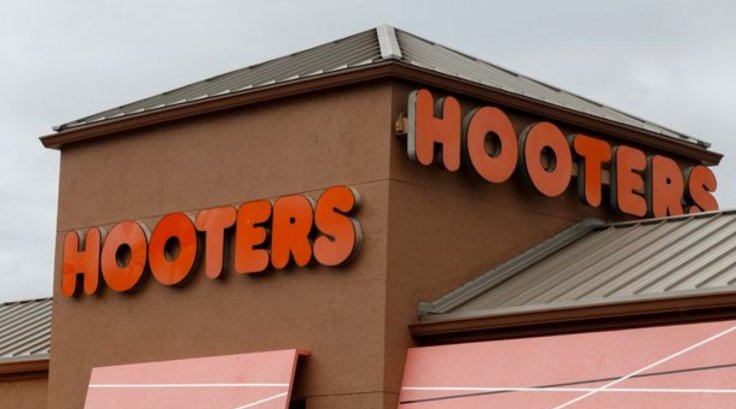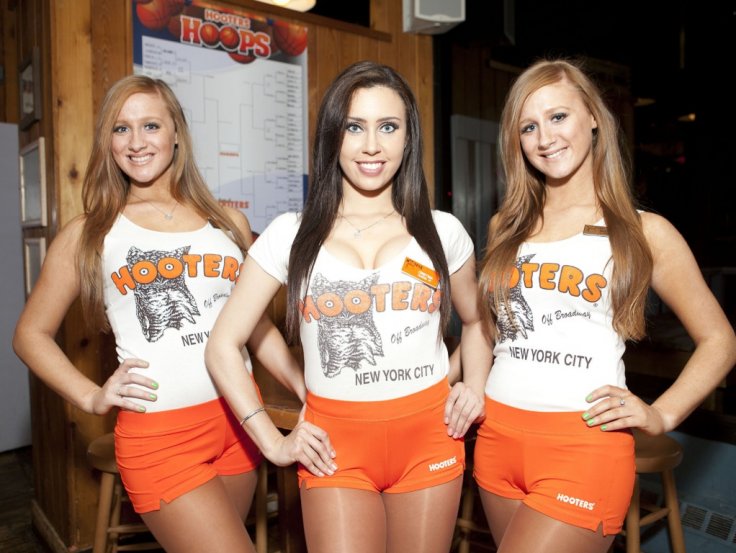Hooters, famous for its scantily-clad waitresses, filed for bankruptcy on Monday night. The 42-year-old restaurant chain is the latest in the United States. to struggle financially. However, despite filing for bankruptcy and carrying $376 million in debt, the company insists it will continue operating.
The chain's U.S. division is undergoing a Chapter 11 restructuring. As part of the process, Hooters said on Monday that the chain plans to sell more than 100 company-owned restaurants to two of its franchise groups that are currently running locations in Tampa, Florida, and Chicago. According to the company, these two franchise groups already manage roughly one-third of Hooters' franchised locations in the United States.
End of the Road

Founded in 1983, Hooters gained popularity for its chicken wings and its servers' signature attire—orange shorts paired with low-cut tank tops. The group purchasing the restaurants has support from some of Hooters' original founders and has vowed to restore the brand to its original essence.
"With over 30 years of hands-on experience across the Hooters ecosystem, we have a profound understanding of our customers and what it takes to not only meet, but consistently exceed their expectations," said Neil Kiefer, a member of the buyer group and the current CEO of the original Hooters' location in Clearwater, Florida.
Hooters expects to finalize the deal and emerge from bankruptcy within three to four months.
It remains unclear whether additional restaurants will close. Currently, the company directly owns and runs 151 locations, while franchisees operate another 154, mostly within the United States.
Similar to struggling chains like Red Lobster—which filed for bankruptcy last summer—Hooters attributes its financial difficulties to rising rent and food costs, along with a decline in customer dining habits.
In June, the company shut down around 40 "underperforming" locations in states such as Florida, Kentucky, Rhode Island, Texas, and Virginia as part of a cost-cutting effort. The bankruptcy process may result in further closures among the remaining 300 locations.
In February, Hooters shut down one of its family-friendly spin-off restaurants, Hoots Wings by Hooters, leaving only three locations. Launched in 2017 in Chicago, the concept features counter-service ordering rather than traditional table service. The biggest distinction of Hoots Wings is its staff—both male and female employees wear regular, modest attire instead of the revealing uniforms associated with Hooters.
Not the End of the Show

Following reports of Hooters' financial troubles, golf influencer Paige Spiranac joked on X, saying, "Not on my watch," implying she would step in to help save the brand. Since 2019, Hooters has been owned by private equity and holds around $300 million in bonds that need repayment, according to Bloomberg data.
These bonds, similar to mortgages, are secured by the company's assets, including its properties, brand rights, and franchise fees. If the debt remains unpaid, lenders may push for asset sales to recover their money.
Chapter 11 bankruptcy allows businesses to restructure by renegotiating leases with landlords and revising loan agreements with banks.
Following this year's closures, Hooters now operates around 300 locations worldwide, down from 333 in 2018, according to Technomic.
Meanwhile, competitors like Dave & Buster's, Miller's Ale House, and Twin Peaks have expanded slightly, increasing their number of restaurants. At the time of its summer closures, Hooters was not considered to be in as severe financial distress as Red Lobster, which has since completed its restructuring.
In fact, company executives described Hooters as "highly resilient and relevant," pointing to the success of its new line of frozen foods now available in supermarkets across the U.S.









